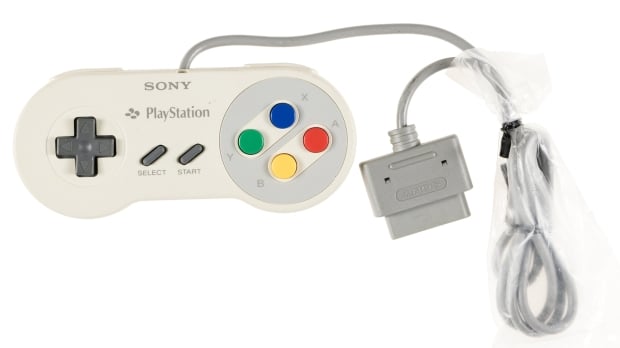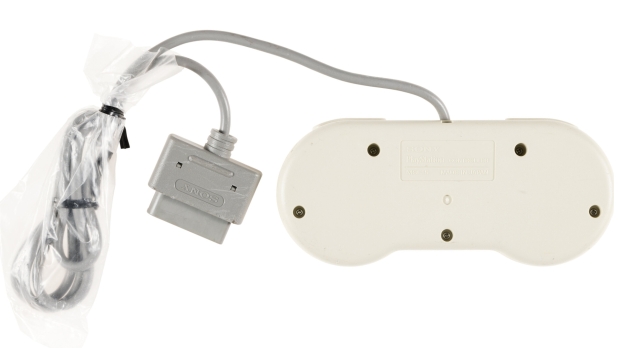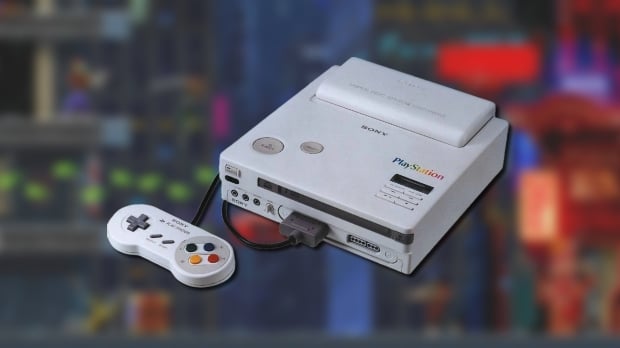In the early 1990s, Nintendo announced that it was partnering with Sony to develop and create a new PlayStation console that would play Nintendo cartridges and Sony CDs. At the time, the CD-ROM was considered a cutting-edge game changer as it offered over 100 times the storage space compared to a traditional game cartridge or floppy disk.

Controller for the rare Nintendo PlayStation console has been auctioned for $35,000, image credit: Heritage Auctions.
Nintendo ultimately withdrew from the deal and partnered with Philips for the doomed-to-fail Philips CD-i system. Sony went on to develop the PlayStation as a standalone console. The rest is history. However, the Nintendo PlayStation or Nintendo-backed version of the Sony PlayStation made it to the prototype phase. Over the years, it has become an extremely rare collectible and a fascinating historical artifact.
A prototype Nintendo PlayStation sold for $360,000 at an auction back in 2020, and now Heritage Auctions has sold a Nintendo PlayStation controller prototype for a cool $35,000. This is an eye-watering amount for what looks like a Super Nintendo controller with a Sony and PlayStation logo on it.
Still, it's very cool. Sony would evolve the logo to feature the iconic 'PS' a few years later, but it's fantastic to see its origins here as a CD-ROM add-on or addition for the 16-bit Super Nintendo console. According to reports, 200 'Nintendo PlayStation' prototypes were created, and most of them were believed to be destroyed when the deal fell through.

The original PlayStation console and the PlayStation 2 would quickly surpass Nintendo's consoles and become the de facto place to play video games throughout the next decade. Thanks to the success of the Nintendo Switch, the Big N is still going strong, but when it comes to traditional controller-in-hand console gaming, the PlayStation brand and family of consoles is king.
Nintendo's post-16-bit history is fascinating; the company opted to stick with the aging cartridge format for the Nintendo 64, finally embracing optical media and storage with 2001's Nintendo GameCube. From there, it introduced the motion control craze of the mid-2000s with the Nintendo Wii, then merged the idea of a home console and handheld with the Switch in 2017.




